(and how to use some to your advantage!)
Want to know which unwanted garden plants are worth removing? Read on for a photo and description of ten common unwanted plants to get started.
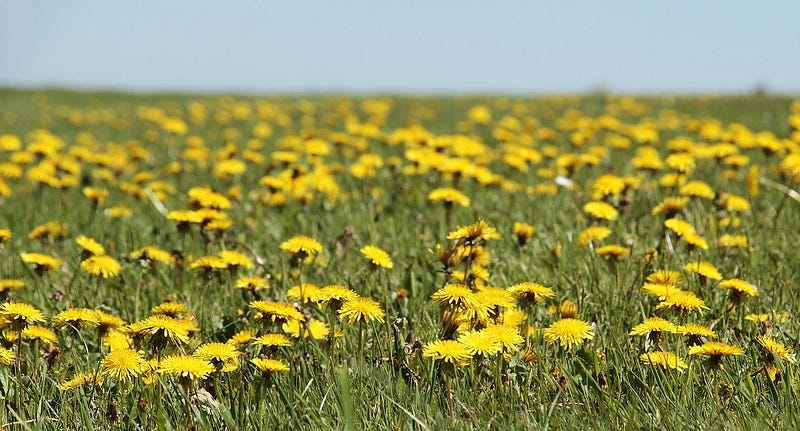
- Dandelion: a “nativized” plant that needs no introduction. Common to yards with bright yellow composite flower heads and an unbranched naked, hollow stalk with basal leaves that are cleft and lobed. However, this is also an edible plant from root to flower that acts as nutrient-rich-fast-food for bees.
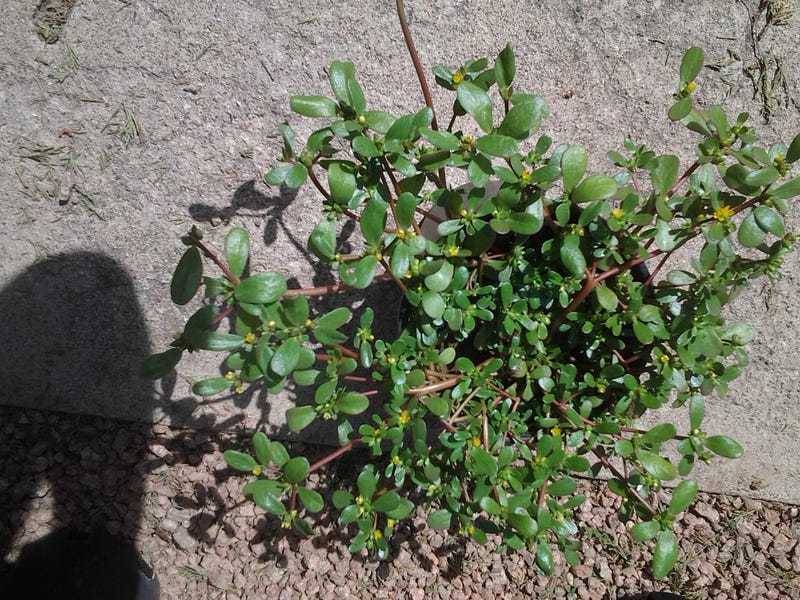
2. Purslane: Common to yards and garden beds with fleshy leaves and stems bearing small, bright yellow flowers during a few hours of morning sun. However, this is an edible plant that is a great addition to salads that, until harvested, acts as a complete ground cover.
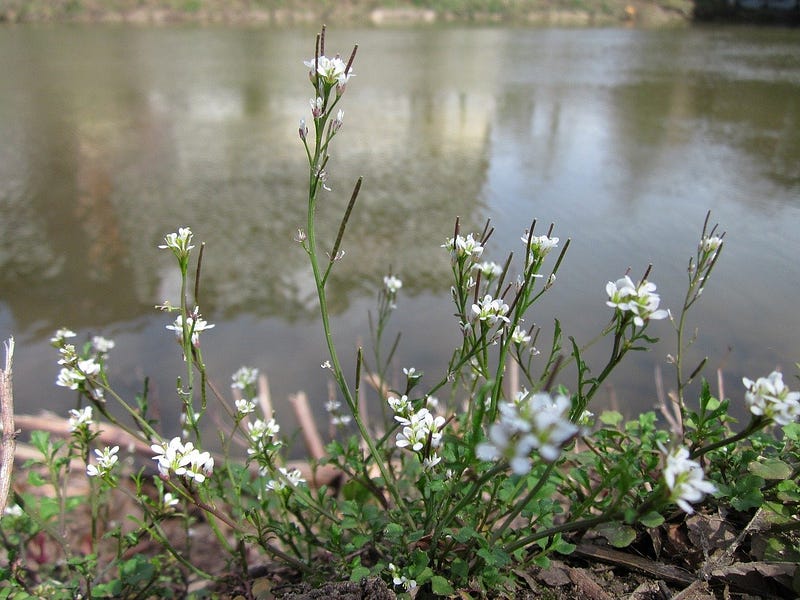
3. Hairy bittercress: Common to disturbed garden beds with a rosette of leaves at the base of the stem holding very small, bright white flowers. However, this an edible plant that adds spice to salads and serves as an important food source for early pollinators.
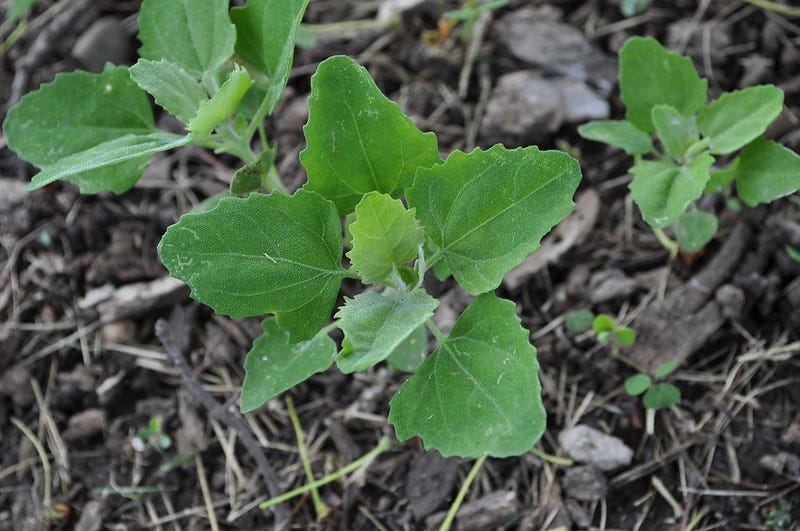
4. Lambsquarters: Common to disturbed areas in your yard, this plant is in the same family of beets, chard and even quinoa! Easily identifiable by the broad triangular egg-shaped leaves that are a dull plae green gray. However, this is an edible plant whose broad leaves act as weed deterrent and shallow root system allows for speedy removal.
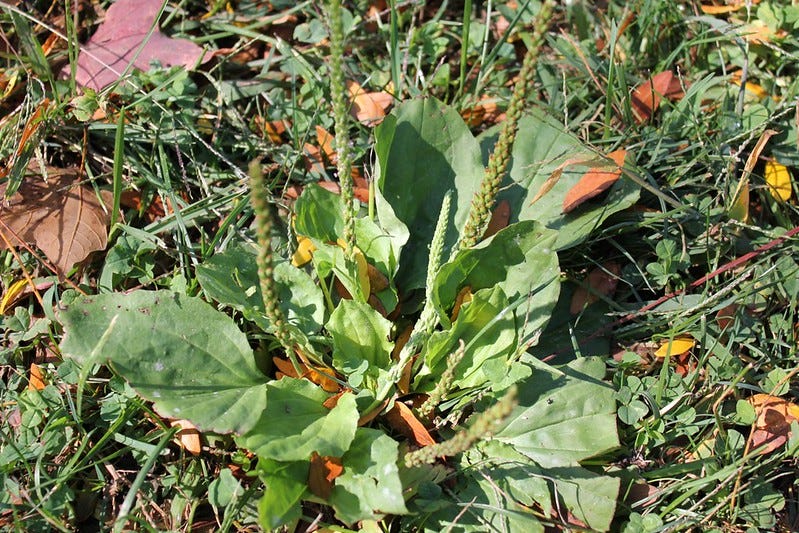
5. Plaintain species: A group of plants including both broad and lance-shaped leaves, all with white-brown flowers blooming from a dense spike. These plants are completely edible (try roasting young leaves with olive oil and salt/pepper) and also serves as a nursery for over five species of butterflies, including the painted lady.
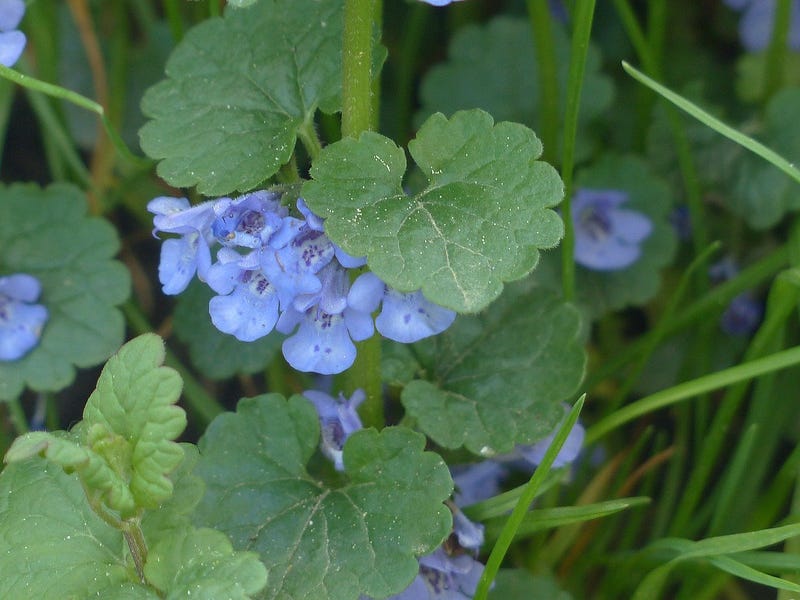
6. Ground ivy: A noxious sprawling ground cover in the mint family with purple blooms that you learn to live with. Managed best by continually following the shoots before they root. Cut with garden shears or scissors.

7. Canada thistle: A spiny deep rooted garden villain that is difficult to eradicate because of creeping underground stems. Managed best with persistent hoeing. Just chop the top clear off and do it again…and again well before the plant tries to flower.
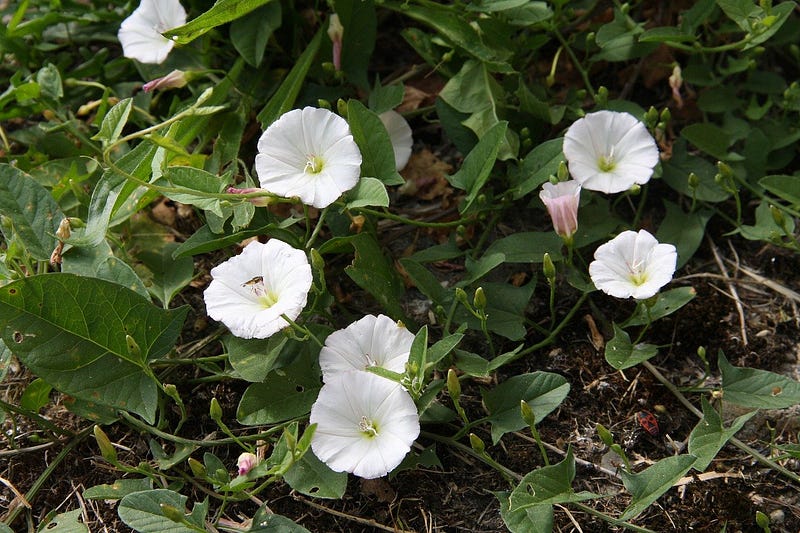
8. Bindweed: A prolific climbing vine that takes over by sending out spreading rhizomes. Look for a morning-glory-like white flower. Managed best by delicate and persistent root removal just beneath the soil’s surface; diligently follow the shoots!
Simply put, a “weed” is a plant out of place. Consider living alongside the first five listed “beneficial” unwanted plants and cut down on chemical applications, help our insect and avian neighbors find essential food and help create a greener world right in your own yard!